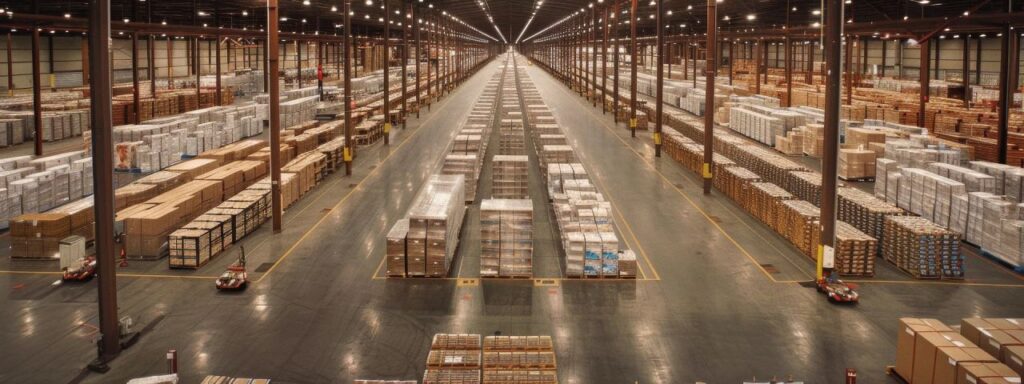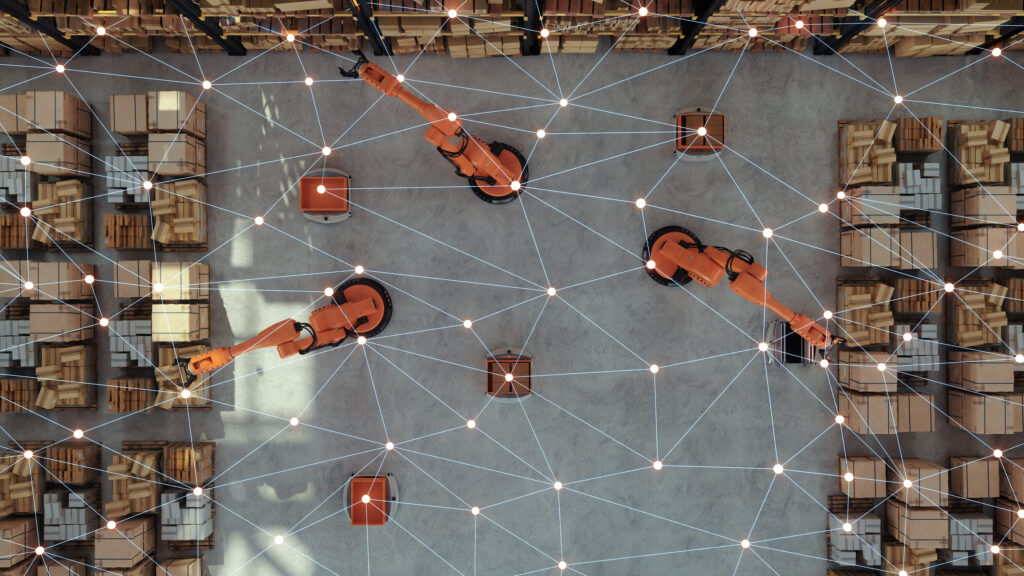With America having shifted to a work-from-home and school-from-home environment for the past several weeks, internet traffic has skyrocketed. This week’s report from our COVID-19 dashboard shows that since March 1 national downstream peak growth is up more than 16% and national upstream peak growth has increased more than 34%, with some regions seeing upstream peak growth approaching a 50% increase. And while peak growth has slowed in recent weeks, the reality is that cable’s broadband networks have seen significant surges in internet traffic growth in just this short period of time.
So how have cable’s networks been able to handle this surge in internet traffic? The answer involves a combination of hundreds of billions of dollars in investment in infrastructure and technology ($290 billion over the past 20 years), smart and responsive network engineering, and a flexible network foundation that is being constantly upgraded with hardware, software and other technical modifications.
Much has already been written about how the internet’s original infrastructure was designed by scientists to withstand failures and dramatic increases in traffic, but the role of the “last mile” network carrying traffic into the home is just as critical to the consumer experience. The last mile cable network is a technology called “Hybrid Fiber Coax” or HFC. But to be clear, fiber is the real workhorse in HFC and makes up about 80% of the cable broadband network.
How does HFC work? Simplistically, HFC uses fiber optic lines to carry data through national and regional networks, which are then then routed into neighborhoods and divided in a series of nodes, which service a specific number of homes. Once the data reaches the neighborhood, signals are converted from light signals to electrical signals, and then coaxial cable delivers the data to each subscriber’s home through a cable modem.
Today’s advanced cable modems not only translate data packets into the content we all enjoy but they have enhanced security and in-home connectivity features that improve the consumer experience. And earlier this year, CableLabs announced the release of a new cable modem that will be capable of supporting 10 gigabit connections to consumer’s homes.
HFC is a “smart” architecture that allows for the kind of 24×7 micro-monitoring that broadband providers have been doing during the pandemic. By having eyes on every aspect of network performance, engineers are able to diagnose localized issues and often troubleshoot them quickly.
The beauty of HFC architecture is that it marries that power of gigabit capable networks with an architecture that is extremely efficient and flexible. As we highlighted a few weeks ago, network engineers don’t just plan for today, they build networks that accommodate future growth in consumer demand. That planning allows cable’s networks to stay ready and robust in the face of events that may cause internet traffic surges. And the next chapter of cable’s network technology – the evolution of HFC to 10G technology – will continue that trend, eventually delivering 10 gigabit speeds to consumer homes around the globe in the coming years.
While we can’t predict when or what the post-pandemic world will bring, we can expect that demand on the internet will only continue to grow as business models change, more employees work from home and rely on video conferencing, and large events become virtual gatherings. The cable industry’s technology roadmap and HFC network was designed from the ground up for this very type of expansion. Cable broadband providers will continue to invest and innovate to meet the demands of America’s digital future.








